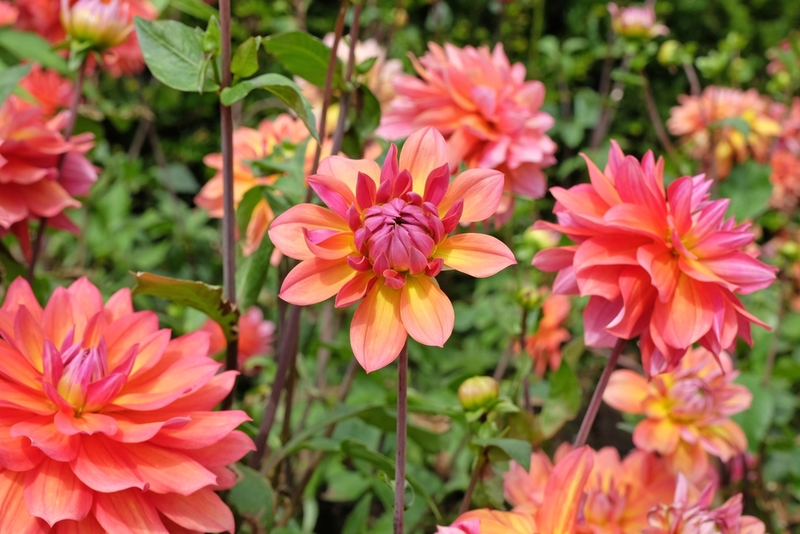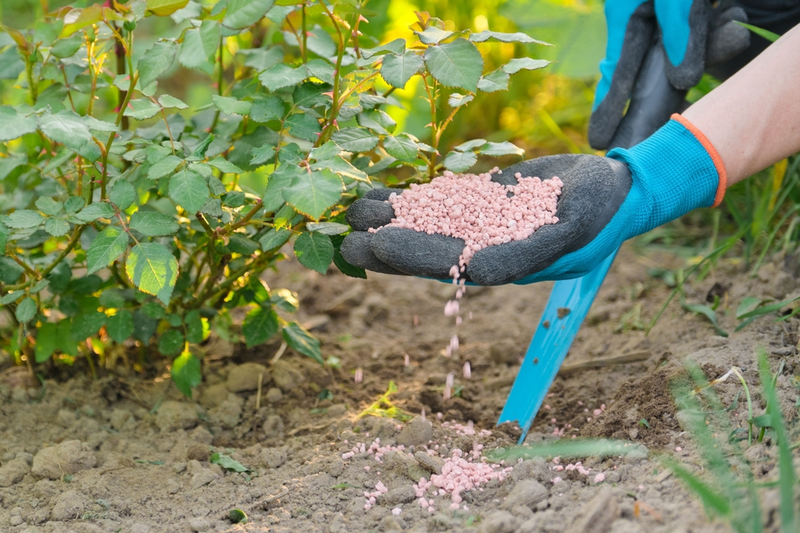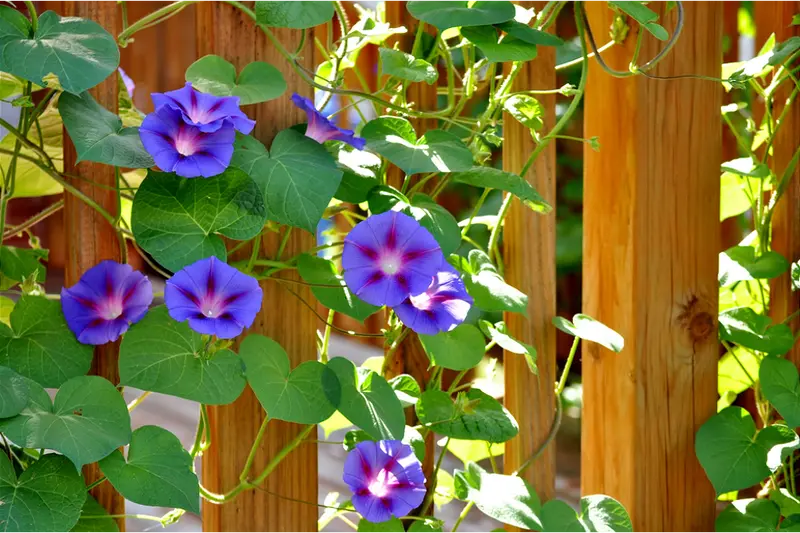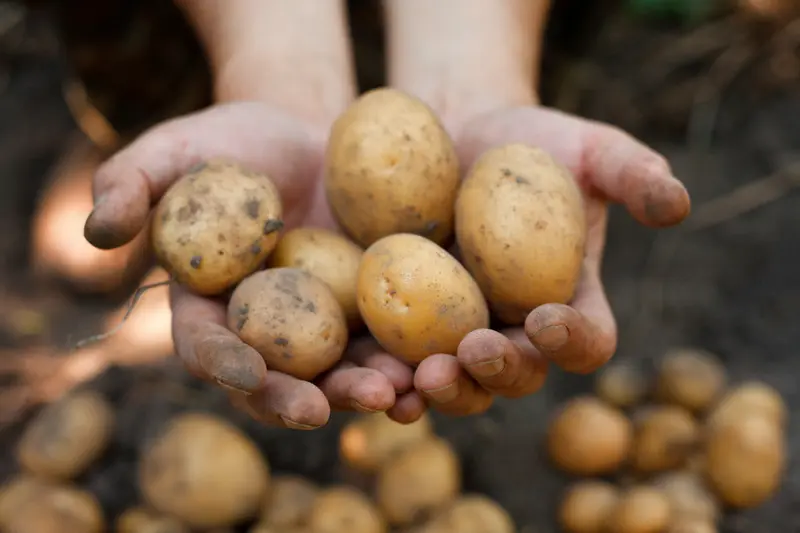
Green manure is often used by farmers to improve their soil, and it's useful for home gardeners and allotment growers too. Green manures are fast-growing plants grown on bare earth, then chopped down and dug into the soil to break down. These plants take up nutrients from the ground that might otherwise be washed away in the winter rains. Once they're dug back in, the nutrients they've absorbed are returned to the soil. They also reduce soil erosion and suppress weeds. Here's a quick guide on how to use green manure in your vegetable or kitchen garden.
When to Sow Green Manure
Hardy green manures are sown in late summer or fall and left to stand over winter before being cut down and dug in in spring. Half-hardy or fast-growing green manures like mustard can be grown in summer, giving the soil a boost between crops.
How to Grow Green Manure
Depending on the type of seed you are sowing, green manure can be sown in rows or broadcast over an area.
- Leave the plants to grow until about 2-3 weeks before the ground is needed for crops, or until the green manure starts to flower. (Don't allow green manure to set seed, as it may self-seed and become a nuisance.)
- Chop the plants down and leave them on the ground to wilt, then dig them into the top 25cm (10in) of soil, using the sharp blade of your spade to chop up large clumps as you go. You can also simply leave the plants on top of the soil over winter to break down.
- After digging in green manure, wait 2-3 weeks before sowing crops, as the decaying plants give off chemicals that can inhibit seed germination.
Choosing the Right Green Manure
Different green manures suit different types of soil, so take care to choose the right manure for your soil and the crops you plan to grow afterwards.
-
Alfalfa (Medicago sativa) is suitable for alkaline soils. Sow it between April and July, and dig in after 2-3 months. It can also be left to grow for 1-2 years.
-
Crimson clover (Trifolium incarnatum) is good for light soils. Sow between March and August and dig in after 2-3 months.
-
Grazing rye (Secale cereale) overwinters well and is suitable for improving soil structure. Sow it in fall and cut it down in spring.
-
Winter field bean (Vicia faba) is good for heavy soils. Sow it from September to November and leave it for 2-3 months or until it flowers, then dig it in.
-
Winter tares (Vicia sativa) is a hardy annual and overwinters well. Sow it from July to September for overwintering. It can also be sown from March to August and dug in after 2-3 months.
Improve your soil structure and protect it over winter by sowing green manure now. We have a great range of green manure seeds and other soil conditioners in our centre. Visit us soon and give your soil a boost for the coming year!




